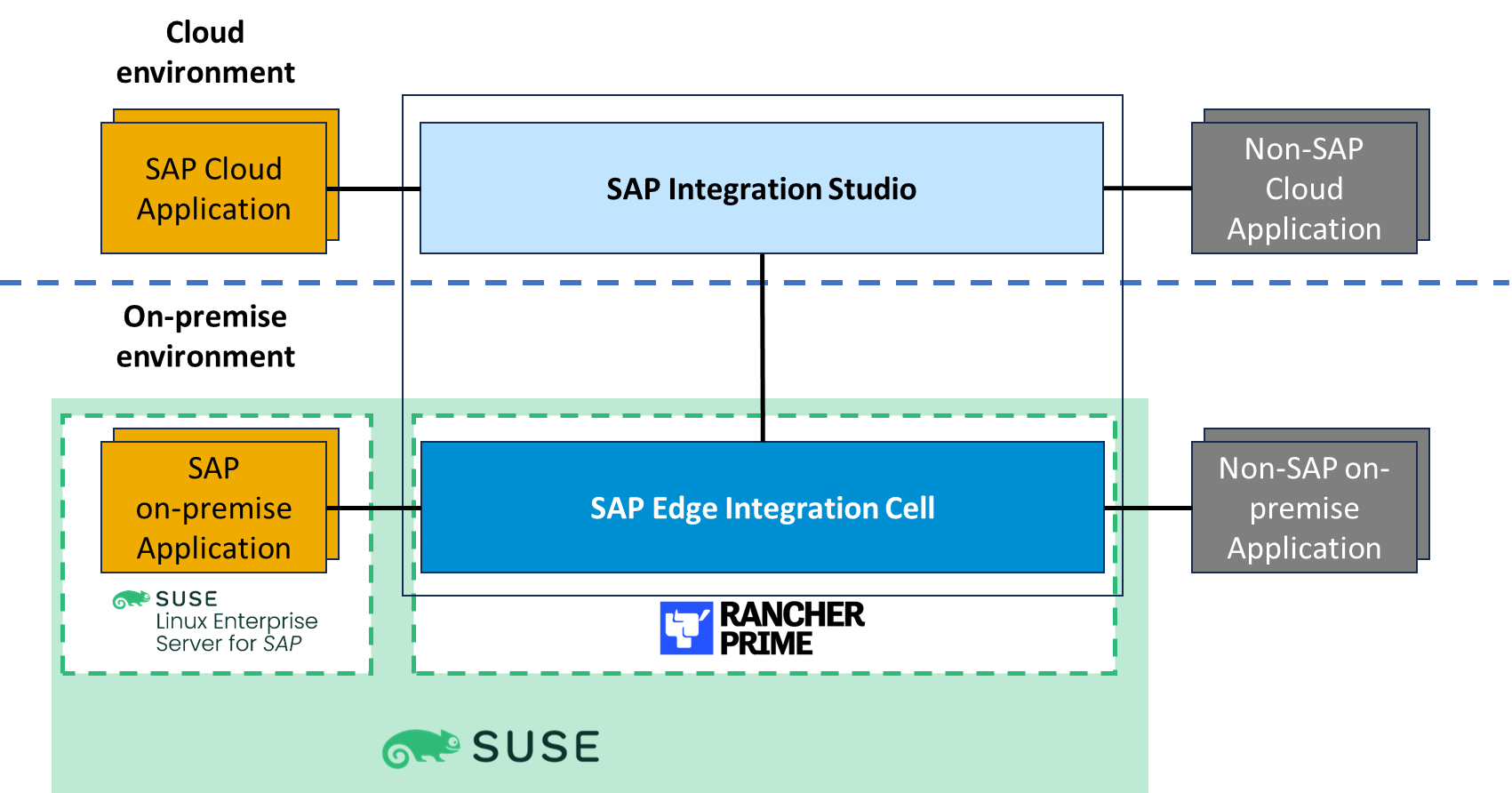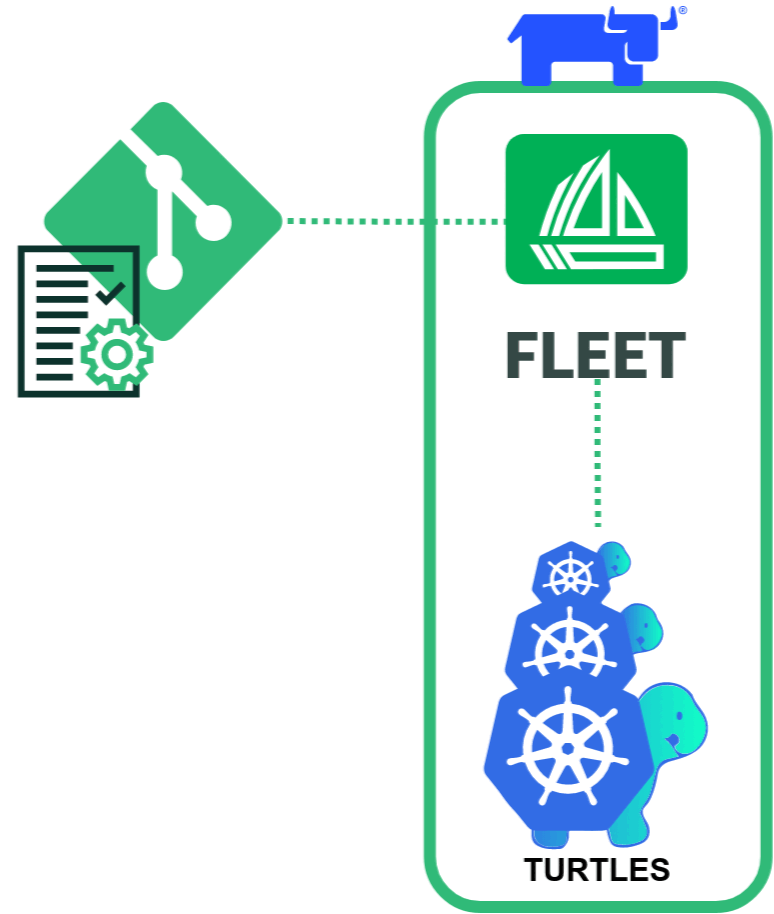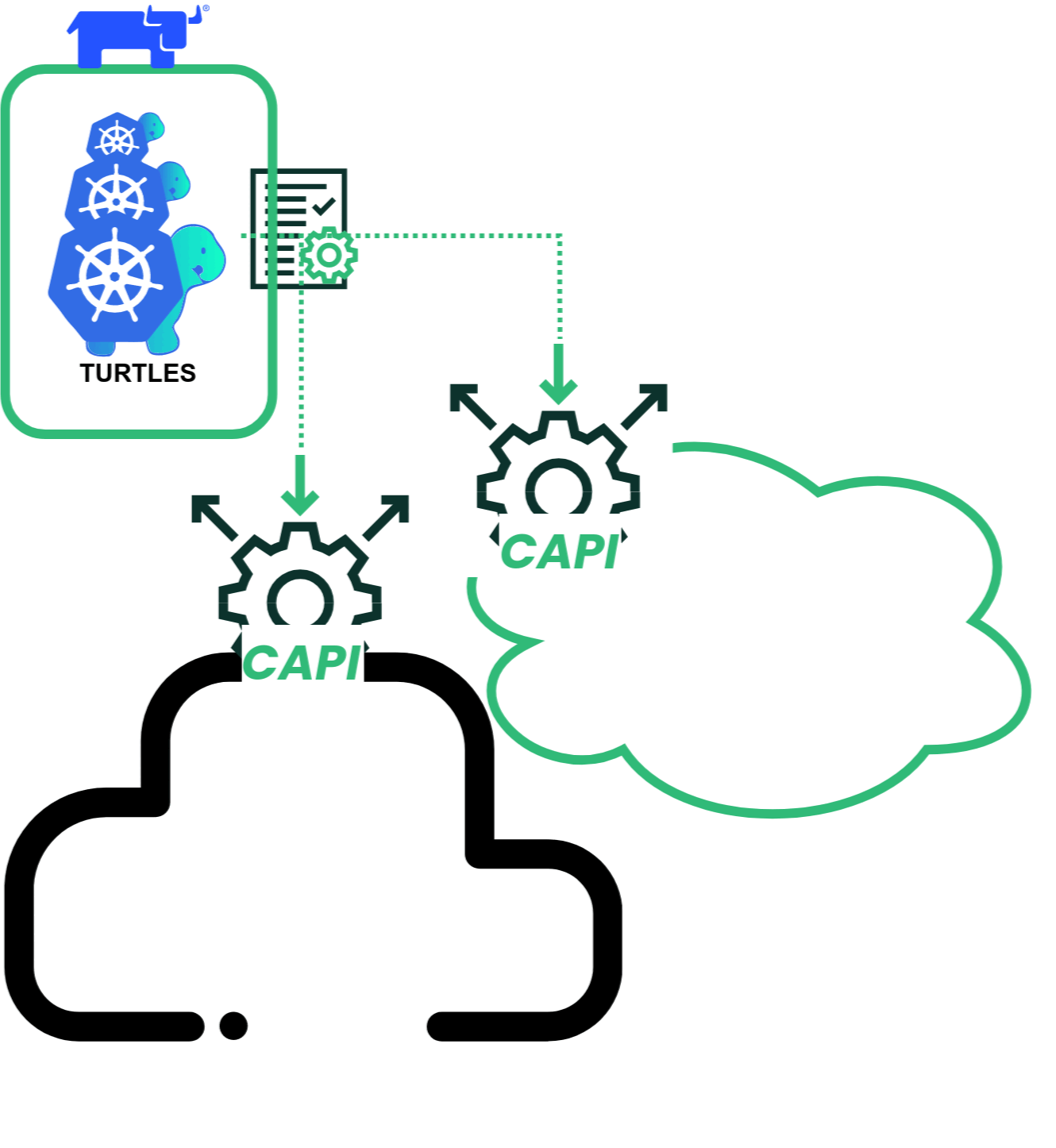Redefining Cloud Excellence
Meet Christine Puccio: Breaking Cloud Barriers at SUSE
In the three months since Christine Puccio joined SUSE as Global VP of Cloud, a huge wave of energy has swept across the cloud team. It’s received extra visibility and cloud is now getting the excitement about the opportunity ahead.
I caught up with the transformation powerhouse behind this shift to ask her about herself and the opportunity she sees for cloud at SUSE.
Tell us a bit about yourself, Christine
“I’m a native Californian, living with my daughter in Oakland, on the opposite side of the Bay from San Francisco.
During my career I have embraced different roles in sales, marketing – contracting, and partnering, across companies like Sun Microsystems, RedHat, and NGINIX, (which was acquired by F5 Networks) and JFrog. This work has allowed me to work with SAP, Microsoft, Google, AWS and other software companies which have given me immense experience in technology innovation and driven my appetite to become a leader within the IT and Cloud Sector.
What has been your most proud moment (in your career)?
I am very proud of the work I did at Red Hat leading the global SAP alliance. While at Sun, I led the SAP Americas market development strategy and learned the business. I translated that to Red Hat where the competition was steep as SUSE was dominating the SAP space! I then led the negotiation of RHEL for SAP HANA – bringing Red Hat’s business with SAP from thousands (USD) to multiple millions (USD) in less than a year.
It’s interesting to now be at SUSE, realizing how large this business is and how happy I was just to get a small portion (at Red Hat).
What’s your approach to transformation?
“I find Geoffrey Moore’s book, Zone to Win: Organizing to Compete in an Age of Disruption very inspiring. He talks a lot about four quadrants: product, performance, incubation, and transformation. But I think the most important thing I took from him is that a company can’t transform if people aren’t behind it.
In a recent article about the value of Open Source software, it talks about the rise in terms of benefits vs. costs. From my perspective, it’s not just technical benefits but people benefits. A developer who contributes to open source learns about other developer perspectives, they learn new skills, tools and technologies. Also, contribution gives you confidence and an opportunity to build your reputation. The same can be said about tapping into a diverse workforce. It just makes good business sense.
| SUSE’s power is adding value to open source and we need to amplify that |
“Transformation is an opportunity to build and scale – bringing ideas, people, and technologies together is the perfect recipe for innovation. That is exactly the open source model. I am a builder at heart. The cloud team are also builders. SUSE’s power is adding value to open source and we need to amplify that. That’s how, together, we’re going to build a world-class cloud business for SUSE.”
What’s the cloud opportunity for SUSE?
“The opportunity is for SUSE to stand up a new business: marketplaces. Customers are continuing to move workloads to the cloud and many ISVs have created a fast path to consume software through the marketplace. So, marketplaces are now the place to be. However, the marketplace is just one component. We are looking at an entire end-to-end Cloud GTM approach that has our new business with the marketplace – but also incorporates our first party offers with SLES and SLES for SAP. SUSE is one of the few in the industry in which customers can choose a variety of ways to purchase.
- Directly on their consumption contract or
- Through the marketplace.
We are designing our Go-to-Market (GTM) to capitalize on both motions.
This strategy allows SUSE to be a top technology partner, where customers have committed spend with the cloud providers. With over $300B in unspent committed funds, we are now positioned to help customers design a platform to support their workloads in the cloud.
“The question for SUSE is ‘How do we participate?’ We are continuing with our ongoing strategy for the need to make it easy for customers to purchase SUSE solutions that tap into their committed spend and spend it with us. We’re already a leading open source company – the opportunity is for us to continue to dominate the market, but increasingly through the marketplace channel.
“That’s not to say that GSI’s and channel partners are any less important. They’re massively important to our growth with the cloud. We are working on some exciting programs that include incentives and co-sell opportunities across all three clouds, providing SUSE the opportunity to co-sell with all its partners. It’s about growth, not substitution.
| Our key objective is to architect our offerings to transact through marketplaces |
“Hyperscalers provide the platform and the marketplace – our key objective is to architect our offerings to transact through each marketplace. We need to think of a listing as a product, with its own lifecycle, and get Product, Alliances, Sales, Partners, Marketing and Operations aligned.
What will be the key factors that customers are looking for from the cloud in 2024?
I’ve found that there are 4 key themes that customers are thinking about.
- Security: Customers are looking for cloud providers that offer robust security measures to protect their data and applications from cyber threats. NeuVector Prime and Rancher Prime solutions offer real-time compliance, visibility, and protection for critical applications and data during runtime.
- Portability: Customers want to be able to move their applications and data between different cloud providers or back to on-premise infrastructure without significant disruption. NeuVector Prime and Rancher Prime solutions provide information on optimizing cross-cloud workload portability and scale in a consistent way that satisfies KPIs and addresses compliance and security requirements.
- Scalability: Customers require cloud infrastructure that can scale up or down quickly to meet changing business needs. NeuVector Prime and Rancher Prime solutions provide container-based solutions that offer automatic deployments, portability, scalability, multi-cloud capabilities, and openness.
- Speed: Customers expect cloud infrastructure that can deliver fast and reliable performance for their applications and services. NeuVector Prime and Rancher Prime solutions provide Linux kernel updates to mitigate security risks and vulnerabilities, allowing customers to keep their SUSE product patched and up to date.
What’s the most important thing in a successful transformation?
“People”.
“First you need executive support. Cloud is CEO-level driven at SUSE. It has cross-functional engagement and workstreams with leads who make sure we meet the KPI’s from each stream. I have enjoyed helping to build this structure and cadence. The success of cloud at SUSE is because of the leaders and sponsors who have supported the strategy. Our GM and SVP of Global Ecosystems has been critical to drive the importance and a true support of the business. Her openness to change models and look at “the art of the possible” with our ecosystem partners has been a game changer. I know the SUSE leadership team has my back in what we’re doing and that is such a winning recipe.
“We’ve already restructured the cloud sales team to align closer to our sales and partner teams with a specific focus on co-sell with the providers. We’re also hiring a few marketplace blackbelts to handle the multi-million-dollar custom deals through marketplaces. It’s really exciting!
I encourage the team to take risks. Ask the question, “what would have to be true to make this happen”. To scale and grow a business, it takes risk. I’ve fallen down many times, but I’ve always learned in the process. You can’t grow unless you take risks. I see the team coming along with our change with such confidence. I am in this with them and repeat over and over – Success will always be at the end.
| I want people to find and harness their own power and amplify it |
“I love helping people in their careers. I’m a mentor as much as a leader. I want people to find and harness their own superpower and amplify it. In fact, changes were made on the team to do just that. If we continue to do that, individually and as a company, we will undoubtedly ignite a spectacular new future for SUSE in the cloud. That’s what really excites me.”
Join the conversation
Send us an email at cloud@suse.com with your thoughts and/or questions. And, watch this space for more on SUSE’s cloud transformation journey and hear more about how we’re Getting Loud About Cloud.
Follow Christine Puccio on LinkedIn.










 Share your idea and we share knowledge and resources.
Share your idea and we share knowledge and resources.